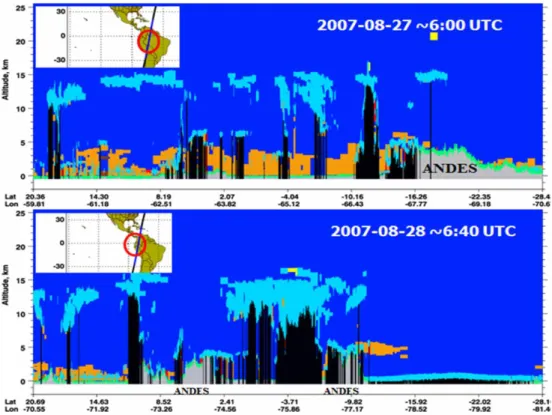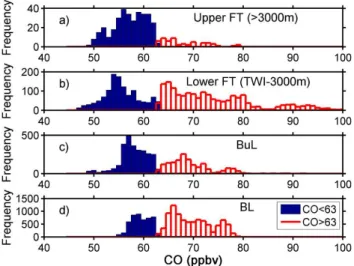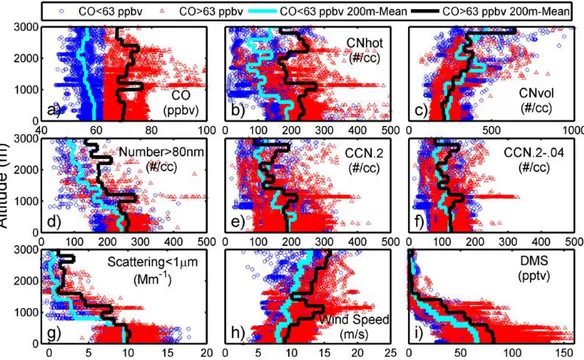Free troposphere as a major source of CCN for the equatorial pacific boundary layer: long-range transport and teleconnections
Texto
Imagem


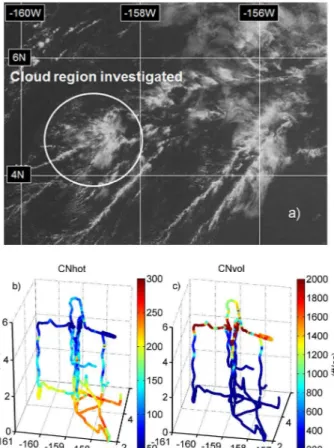
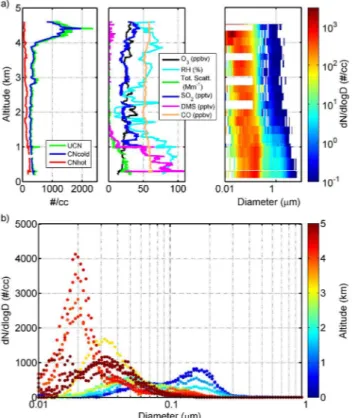
Documentos relacionados
Figure 3 shows the comparison between the global distribution of the dominant PFTs (i.e., Prochlorococcus, Synechococcus, nanoeucaryotes and diatoms) obtained with OCTS (November
We measured the number concentrations of cloud condensation nuclei (CCN) and the size distributions of CCN/CN (CN: condensation nuclei) ratios at supersaturations.. ( SS s) of
investigated with TEM had indications of organic matter as mentioned above, (ii) it is hard to explain ambient κ CCN values in the range from 0.2–0.4 without organic species
For high-resolution measurements of tempera- ture fields in the atmospheric boundary layer and the lower free troposphere a scanning eye-safe lidar which deploys the rotational
Simulated aerosol size distributions are in reasonable agreement with obser- vations in the marine boundary layer and in the free troposphere, while the model underestimates
Most of the trajectories that reached the boundary layer travelled from the Western Pacific, ∼ 20–40 ◦ E of Borneo, suggesting that measurements of VSLS in the TTL over Borneo might
Wang and Prinn (2000) studied a CEPEX storm (CEPEX: Central Equatorial Pacific Experiment; Ramanathan et al., 1993) using 2-D and 3-D cloud resolving model simulations
The contribution of oceanic VSLS emissions to marine atmospheric boundary layer (MABL) and free troposphere (FT) air during the SHIVA campaign in November 2011 in the South China

